Doune, Kilmadock, Perthshire, Scotland
A handful of shots today from the village of Doune, which sits in the parish of Kilmadock. Text below in part borrowed from Undiscovered Scotland and from a board at the heritage centre located in the middle of Doune:
Doune’s history goes back at least as far as the Romans, who probably had a fort here in the area later occupied by Doune Castle. The discovery of medical instruments suggests the Romans also had a hospital here on the current Dunblane primary school.
The village’s more recent history owes much to the Castle in whose shadow it originally grew. Doune Castle has a starring role in the TV series Outlander, as well as Monty Python sketches.
Over the years the centre of the village migrated steadily westwards, towards the line of the main drove route from the Highlands to the markets of central Scotland. Doune Castle now stands a little apart from the village and to its east. Doune’s centre today is the “Mercat Cross” (photographed) standing in a triangular area at which the main streets intersect. Mercat Crosses are at 126 locations in Scotland. A Mercat Cross was the symbol of a burgh’s right to trade. All goods for sale in a burgh would have to be presented at a “mercat cross”. This was a law passed by King William (1165-1214). Doune got its mercat cross in 1611 after becoming a Burgh. The Mercat Cross was the commercial heart of the village, and the centre of the many fairs held in Doune over the course of the year. A more grisly testament to the movement of the centre of the village can be seen from the declaration of King Charles I (1625-1649) that public executions should take place at the Mercat Cross in Doune rather than, as before, at the Castle.
For a time, Doune became famous for the manufacture of pistols before being displaced by more highly industrialised centres like Birmingham. It is said that a pistol made in Doune fired the first shot of the American War of Independence.
On the south side of the River Teith lies Deanston. This was a company village built in 1785 to house workers for the vast Adelphi cotton mill, designed by Richard Arkwright. In the early 1800s the mill provided 1000 jobs for adults and children. Until 1933, all workers lived either in Deanston or Doune. The mill was enlarged and updated in 1950, but closed in 1965.
Stewarts of Balquhidder were all over, in and around Doune. Old Kilmadock graveyard is located on the banks of the River Teith and I must go back there soon to look with a little more knowledge at the graves within! Note below that the Black Lives Matter movement has touched this small village too.

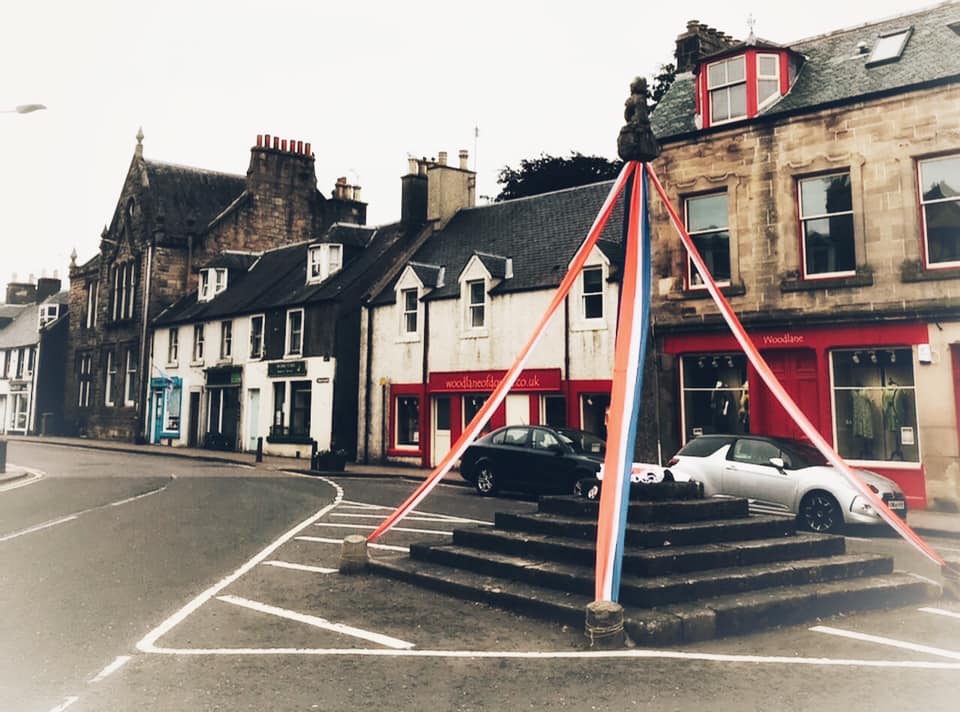
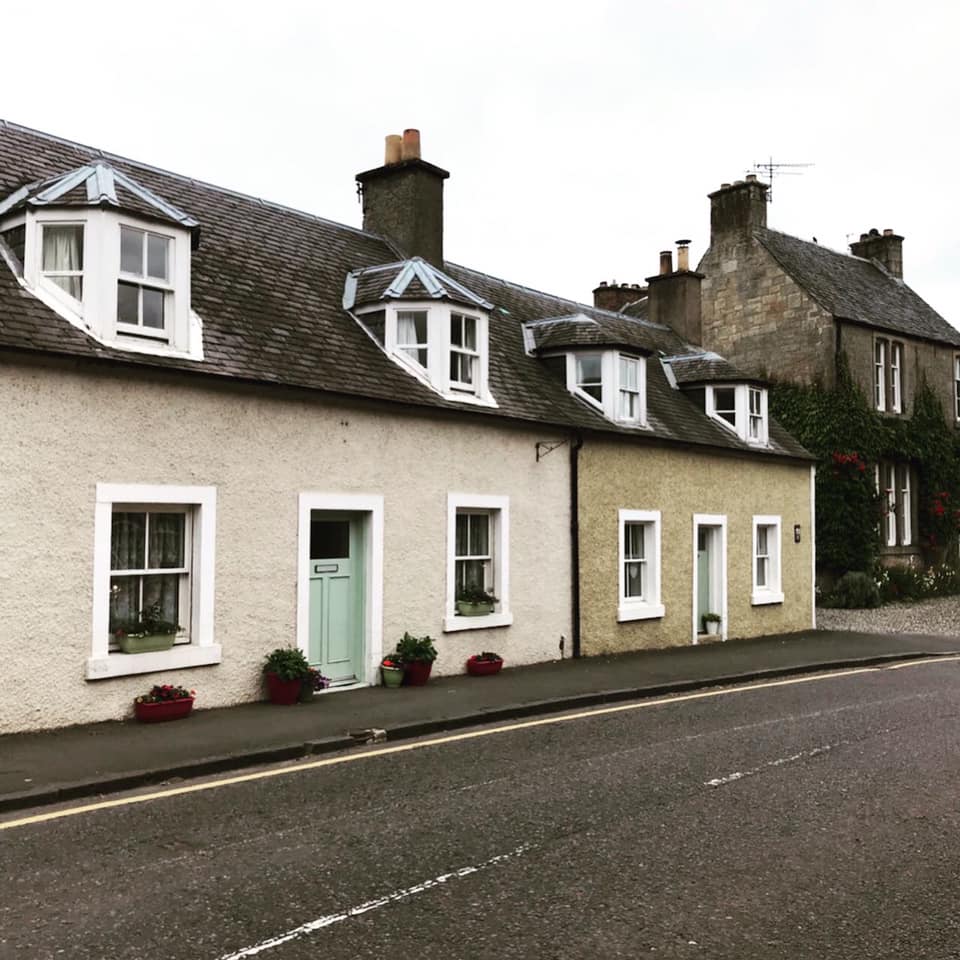
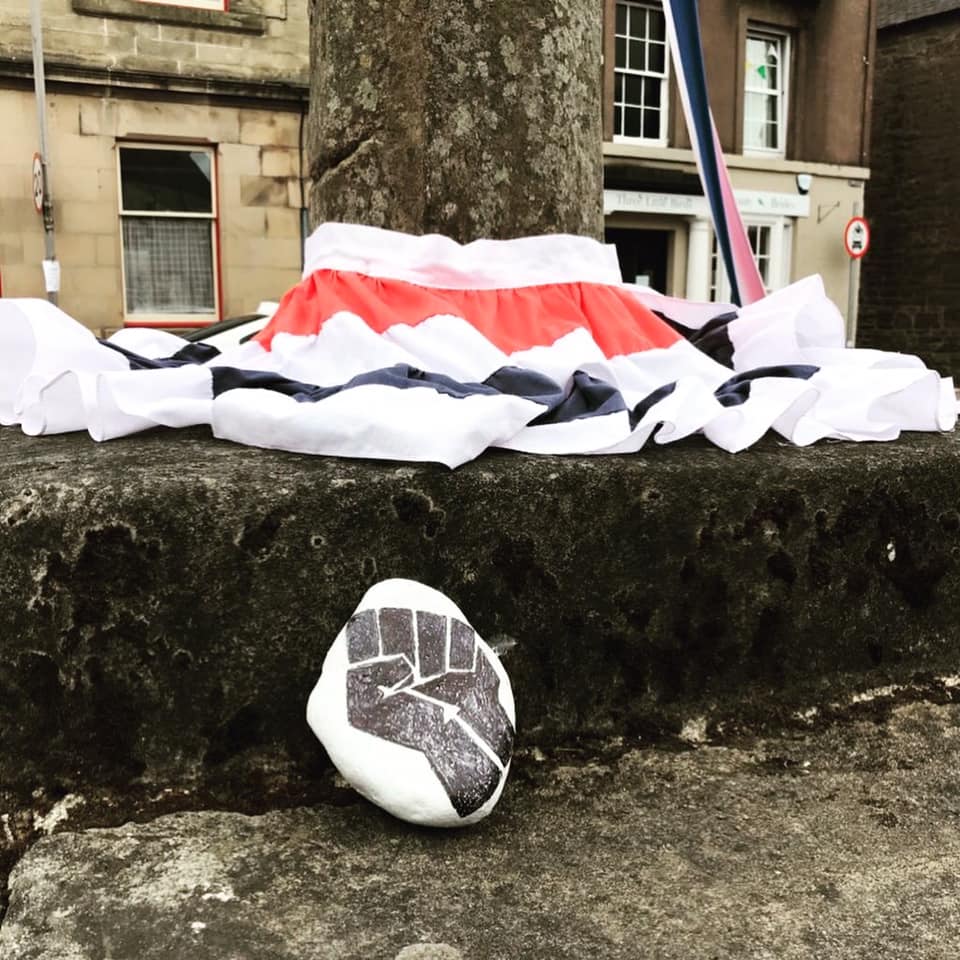
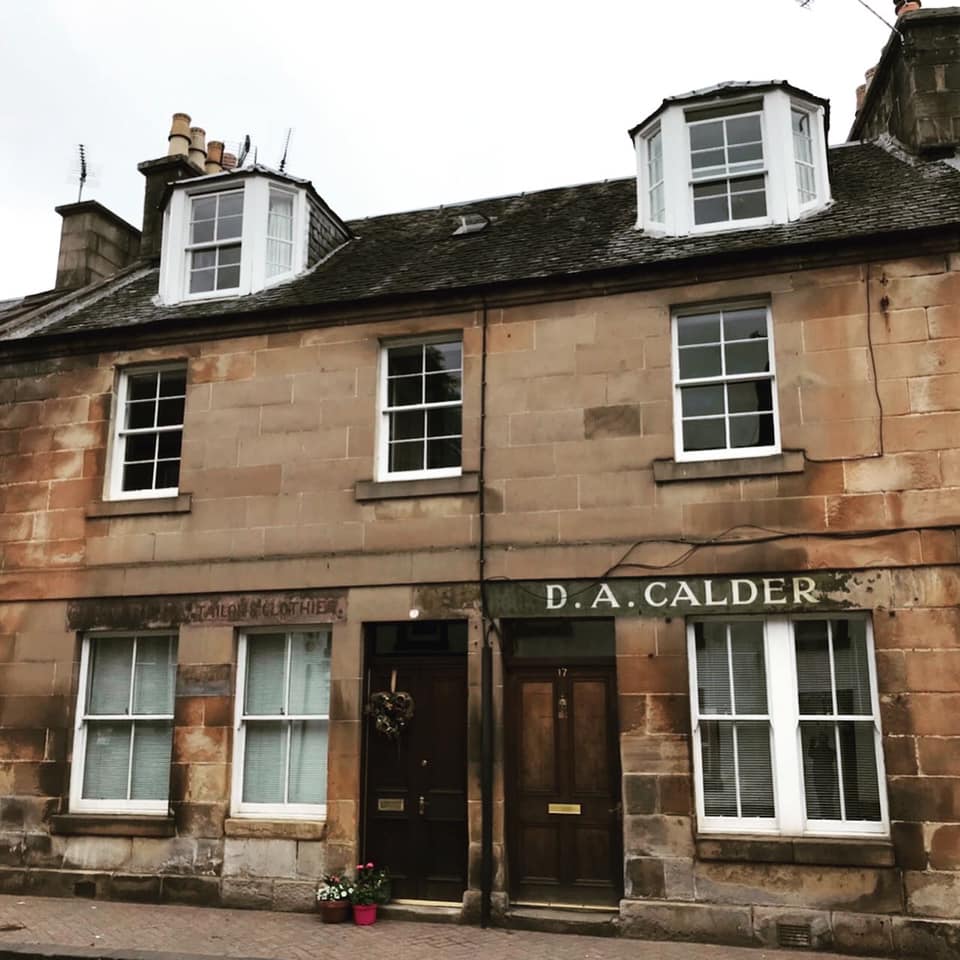
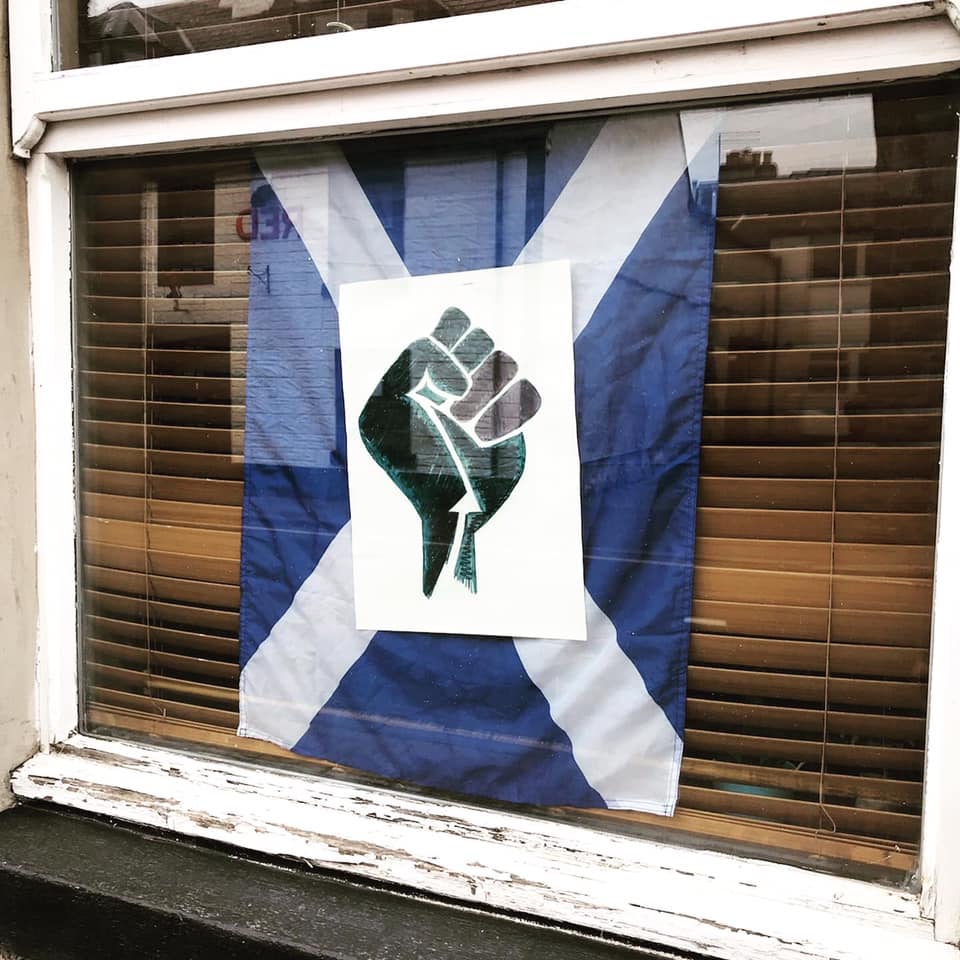
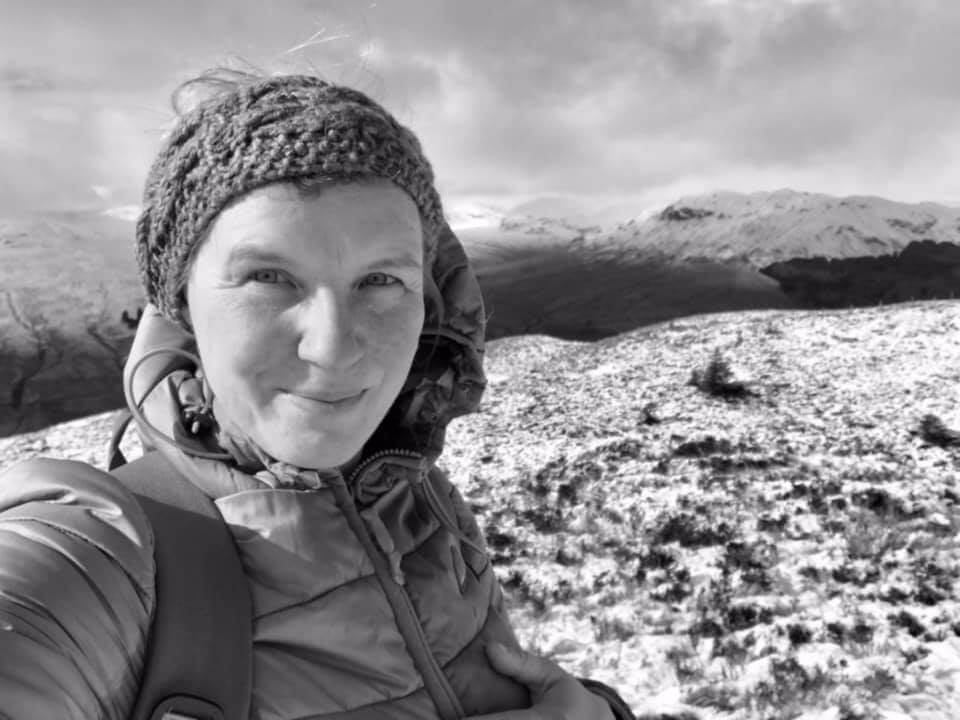
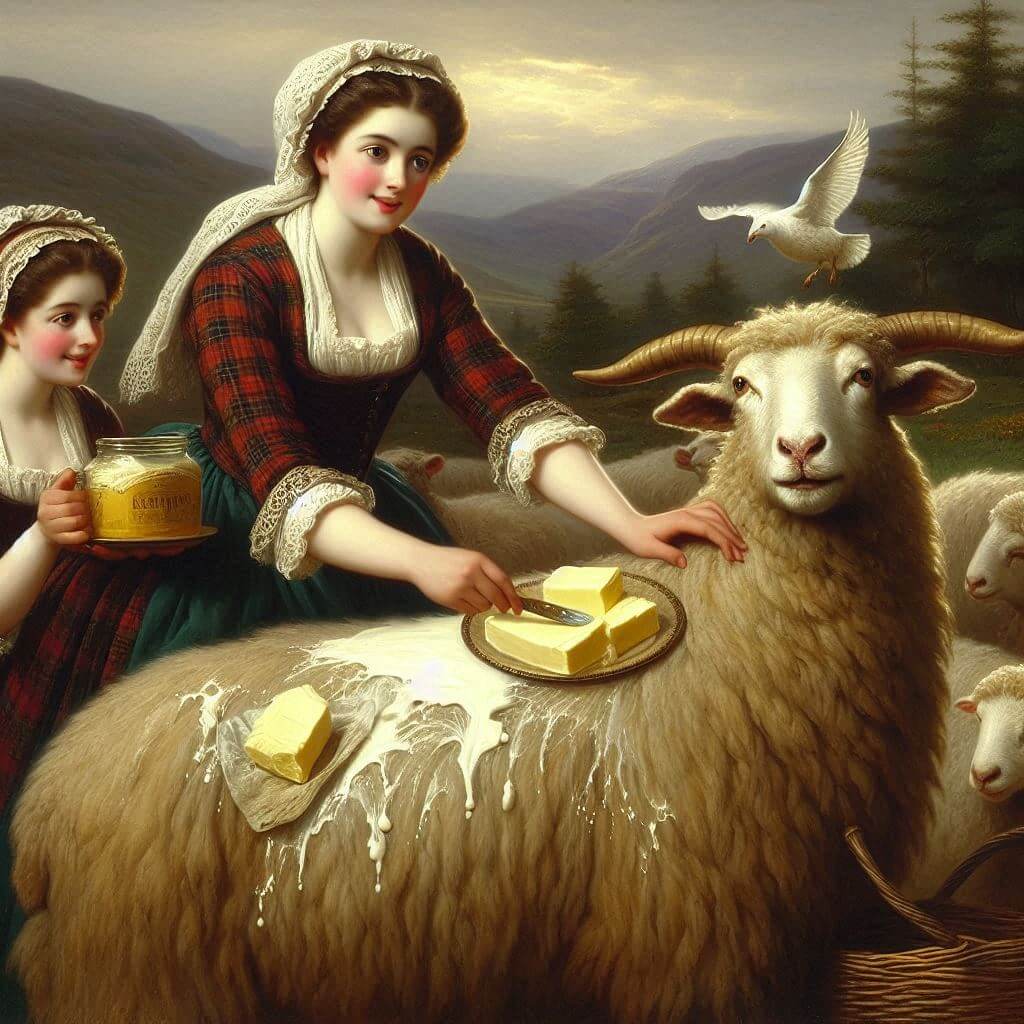


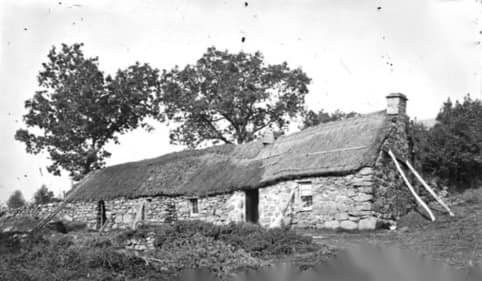
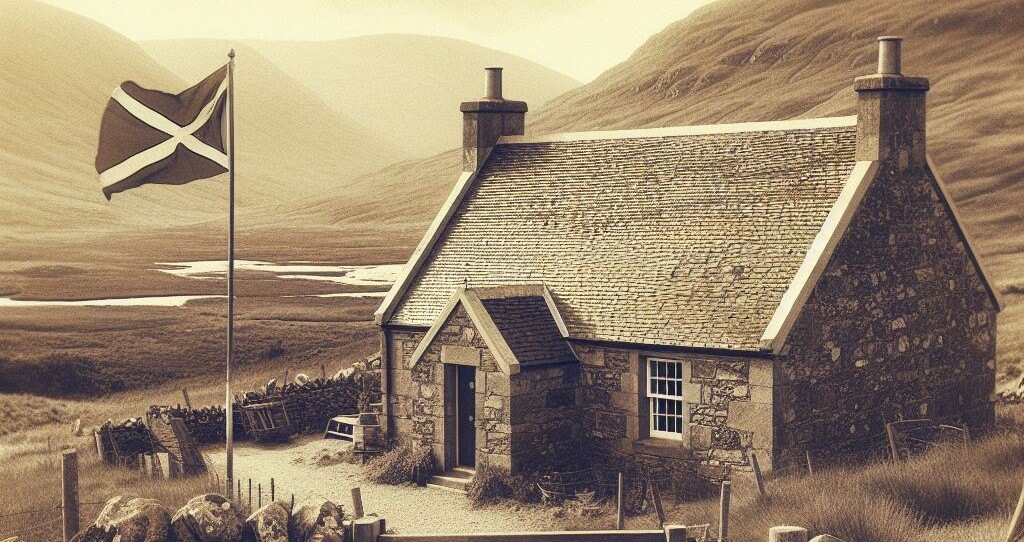
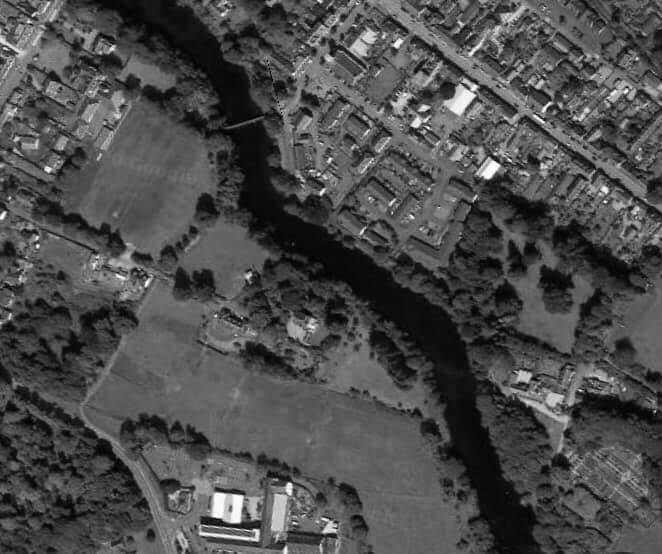
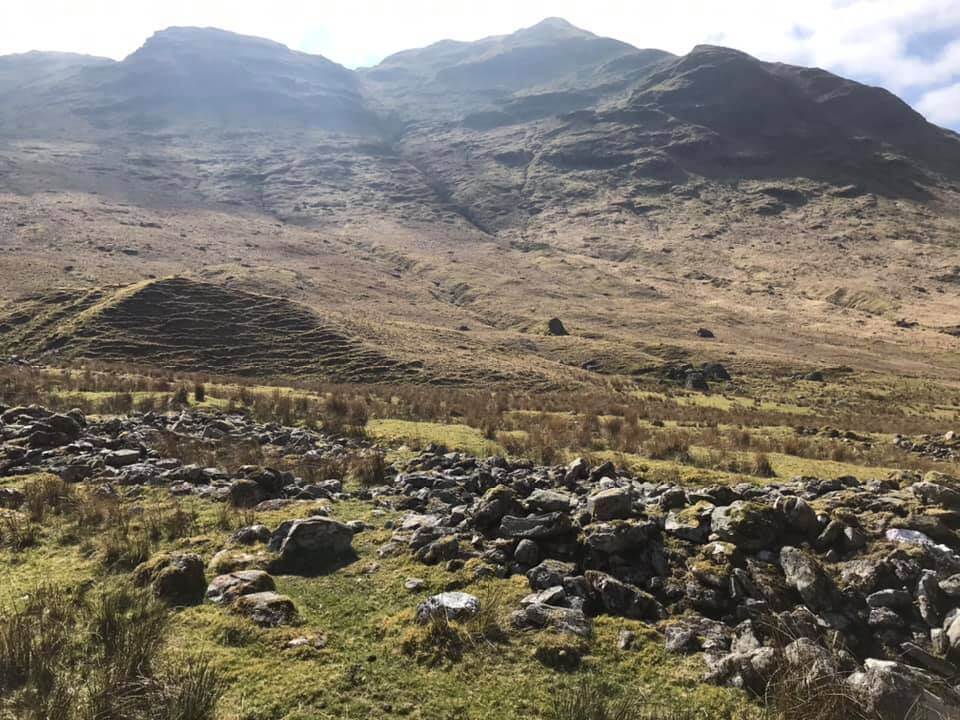
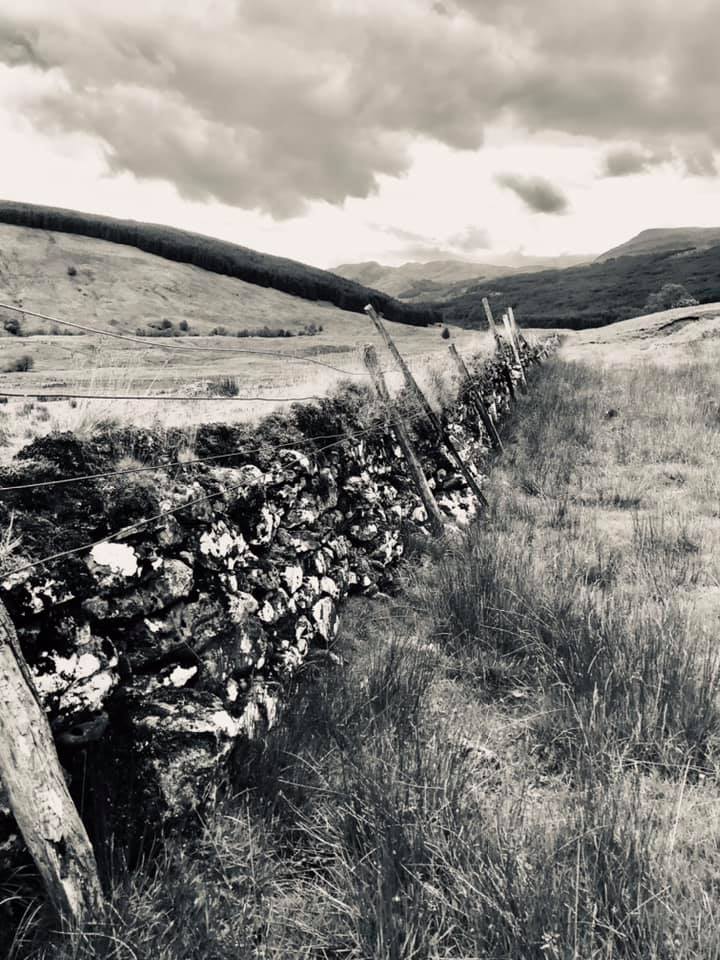
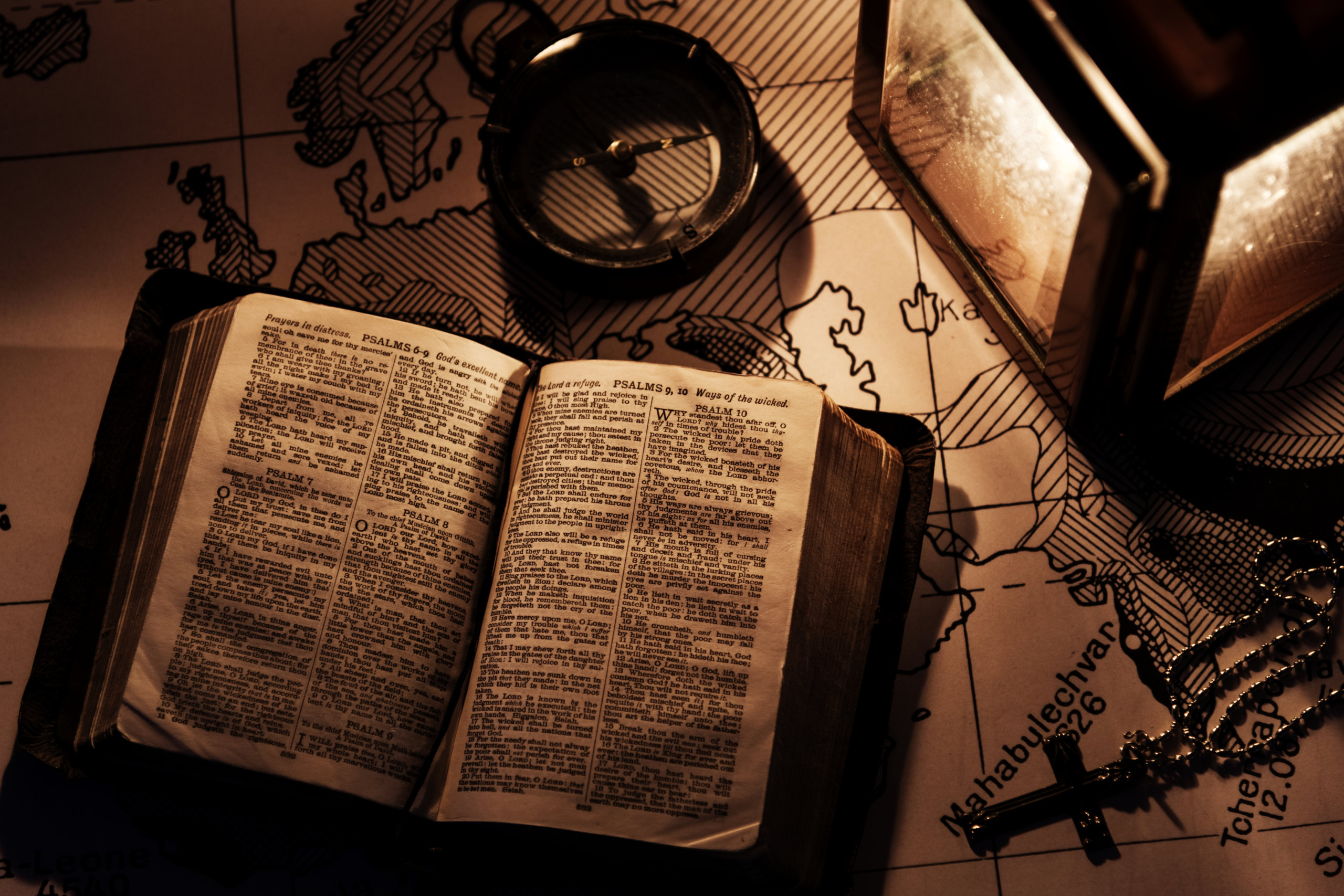
0 Comments